We got scuba certified in 2009 and since then have taken 1 or more annual dive trips to destinations all over the world. We quickly became enamored with the intriguing creatures and brilliant colors of the underwater world. One way to maximize the diving on a given trip is to join a liveaboard, in which you eat and sleep on a boat for several consecutive days. The main benefits of a liveaboard are the ability to visit more remote dive sites not accessible on day trips, diving up to 5 times a day including at night, the comradery from hanging out with people of all nationalities, and being secluded at sea out of the range of cell phone towers and away from the hustle and bustle of everyday life.
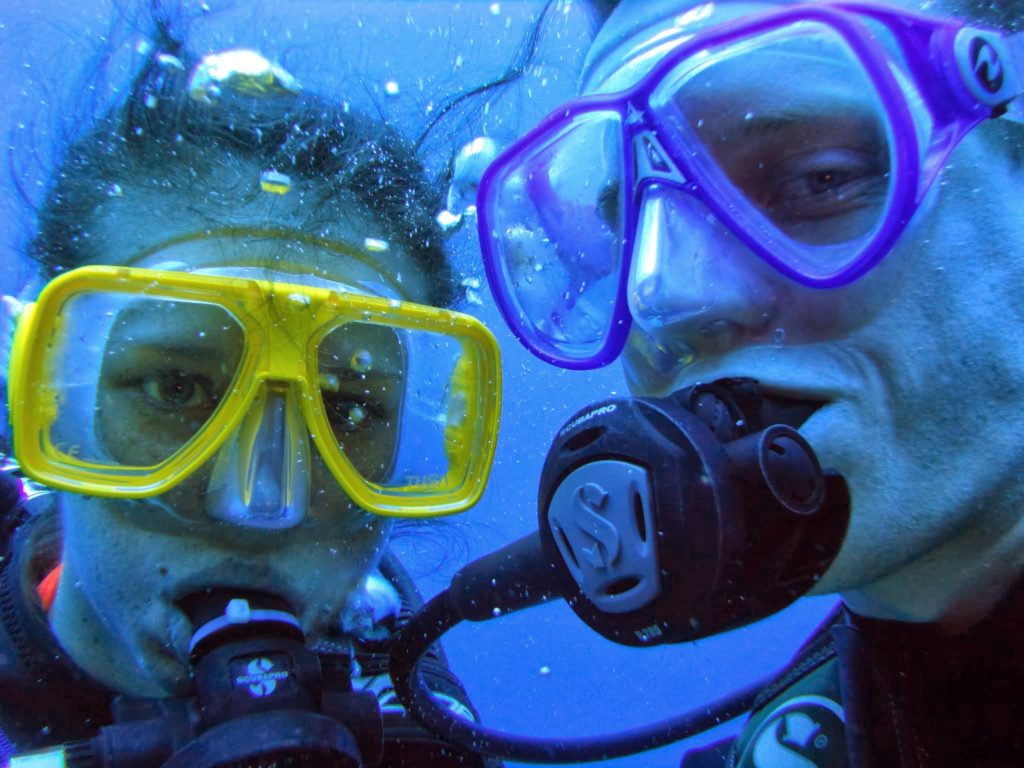
Our first such experience was during our honeymoon in the Andaman Sea off Thailand’s West Coast. We used Dive the World to research the multitude of liveaboard options available in Thailand. We chose the itinerary to the Similan Islands and Richelieu Rock on the M/V Pawara departing from the resort town of Phuket.
We were greeted at the airport after an afternoon flight and transported to the Pawara’s home port in Khao Lak. We boarded the boat and checked in with the dive master, filling out all the necessary paperwork, before being served dinner and cocktails as the other guests trickled in. In total, there were 19 other guests, 9 crew members, and 6 dive masters/guides. Although it sounds like a lot of people, it never felt crowded on the boat. Of the guests, nine different nationalities were represented, and everyone was eager to get know each other. We retired to our room, featuring a double bed and private bathroom/shower, and the boat departed overnight so that we could wake up atop our first dive site.
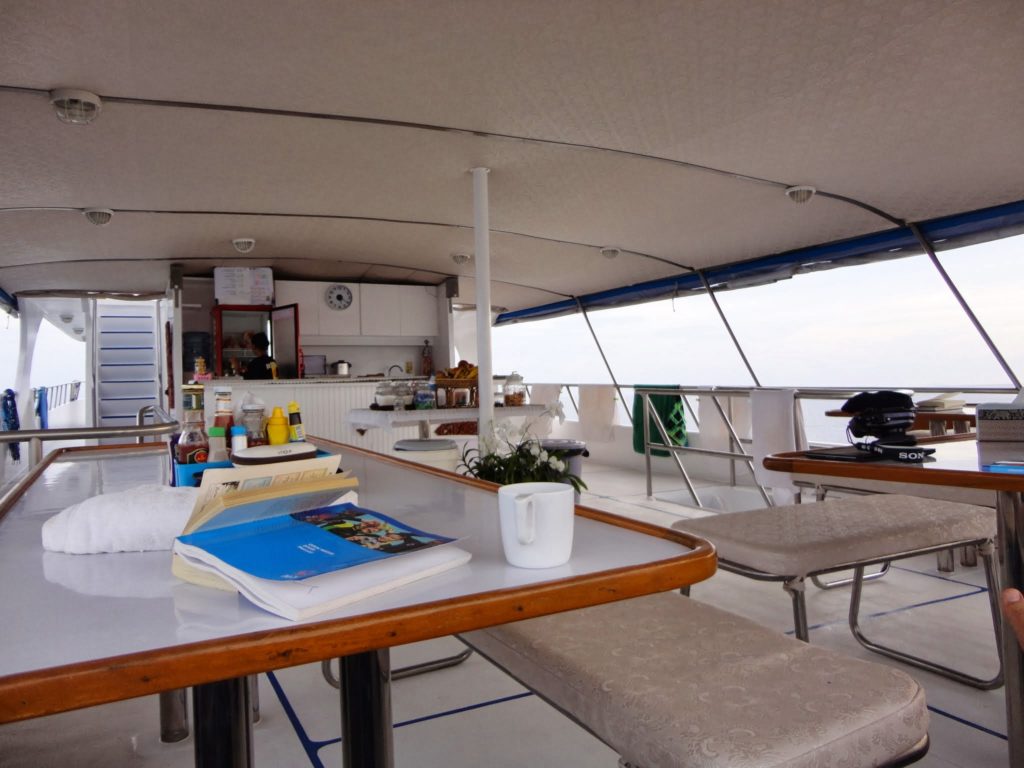
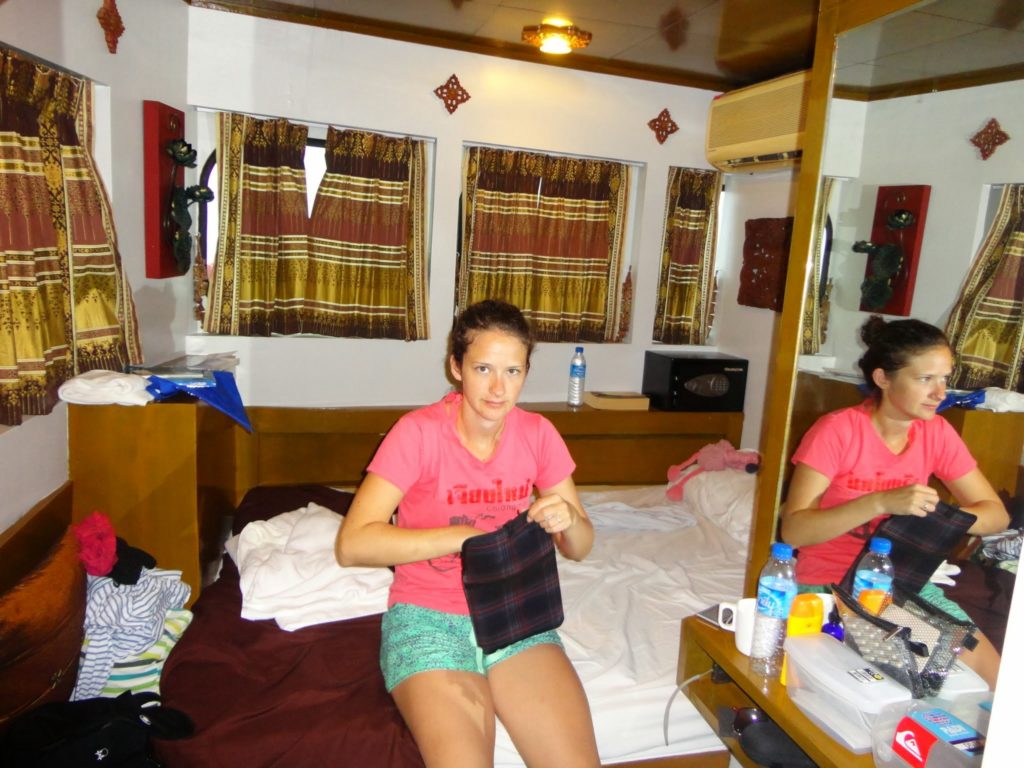
The daily schedule on the boat was as follows:
- 6:15 – wakeup call
- 6:30 – light breakfast and dive briefing
- 7:00 – first dive
- 8:30 – big breakfast
- 10:00 – second dive
- 12:00 – lunch
- 14:00 – third dive
- 15:15 – afternoon snack
- 16:00 – visit to remote beach
- 17:30 or 19:00 – fourth dive (sunset/night)
- 20:00 – dinner
The noticeable pattern is dive, eat, sleep, repeat. The time between dives is typically spent relaxing, as spending 4 hours per day under water doesn’t leave much spare energy. We decided to take our Advanced Open Water Diver Certification Course and were lucky to have the fantastic Marco Coelho as instructor and guide for the week.
The first two days were spent around the Similans, a group of 9 islands in the Andaman Sea known for granite rock formations and an abundance of marine life. The most memorable dive was Elephant Head Rock which featured wrasses, barracudas, shrimp and moray eels, and cool underwater swim-thrus between granite rocks. We were able to witness an octopus mating ritual in which the male turned spikey and the female responded by changing colors.
During the afternoon break, we went ashore to one of the many beautiful beaches and ascended a short hiking trail to the top of the Sail Rock formation to watch an incredible sunset; we were the only people on the island at the time.

We also took part in our first ever night dive. While it doesn’t at first sound appealing to jump into dark water, it was quite a unique experience. At night, many predators such as moray eels come out of their caves to hunt. Brittany clung close to Marco at all times, suspecting a large predator hiding just outside the torch’s beam at all times. We descended to the sandy bottom and, at the direction of our dive guide, covered our flashlights and waved our hands to excite the bioluminescent material which sparkled in various colors all around us in the darkness – quite an astonishing experience.
The days did not get repetitive. Some dives featured strong, surging currents and interesting schools of fish and other creatures. Others featured colorful landscape sometimes reminiscent of being in a fantasy video game. Even the sunset dives in the beach shallows, with lesser abundances of big fish, forced one to search for small organisms in and on the coral leading to some amazing close-up photo opportunities like the western clownfish protecting his anemone. Between dives, we were taken on land to beaches even more secluded and beautiful than the last, with turquoise water and fine sand, all in seclusion from the tourist throngs due to the distance to the mainland.

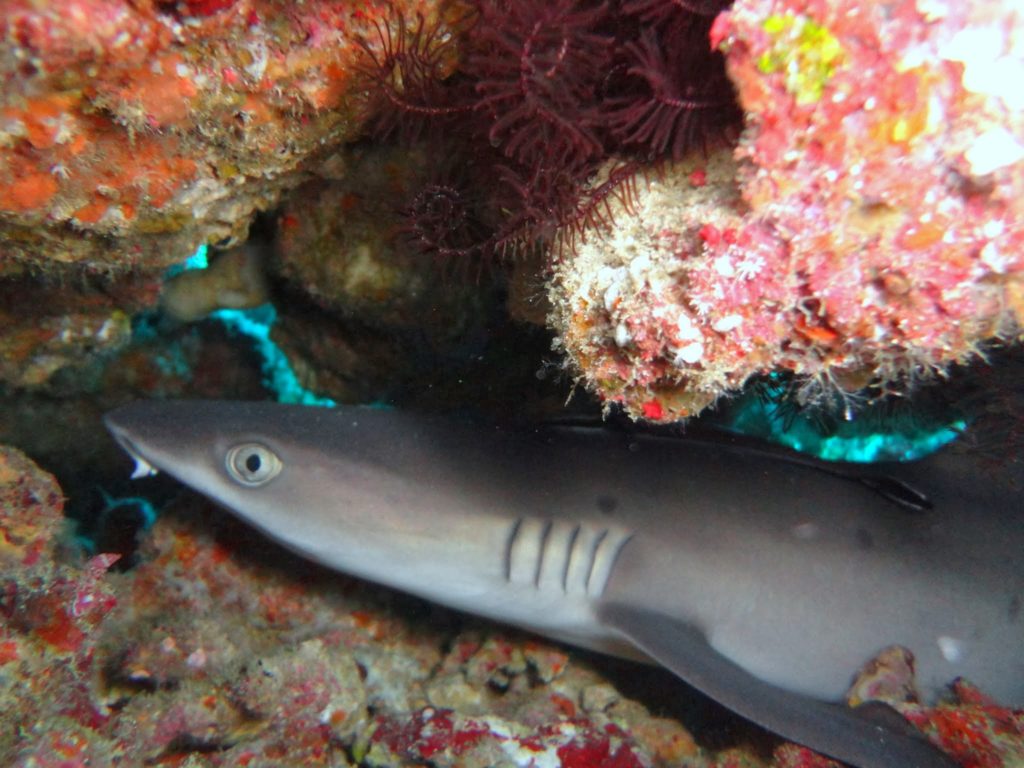
The trip’s highlight was Richelieu Rock, 8 hours removed from our home port. Richelieu Rock was accidentally discovered by Jacques Cousteau, scuba diving’s pioneer, and subsequently named as one of his top 10 dive sites (click here for our top 10!). The rock formation’s top protrudes only about 2 meters out of the water at high tide and is not near any land masses. The variety of marine life, from pelagics to nudibranches to other unique species and the beautiful purple coral formations, was simply awesome. Immediately after our first descent, we were treated to a cuttlefish mating ritual in which the male laid claim to the female by placing a tentacle on her while trying to deter other males. In our expert opinion, his chances of success were solid. Later on, we saw another female hiding her eggs. We also saw baby puffer fish, baby eels, mantis shrimp, sea snakes, pipefish, batfish, parrotfish, and huge schools of barracuda, to name a few.

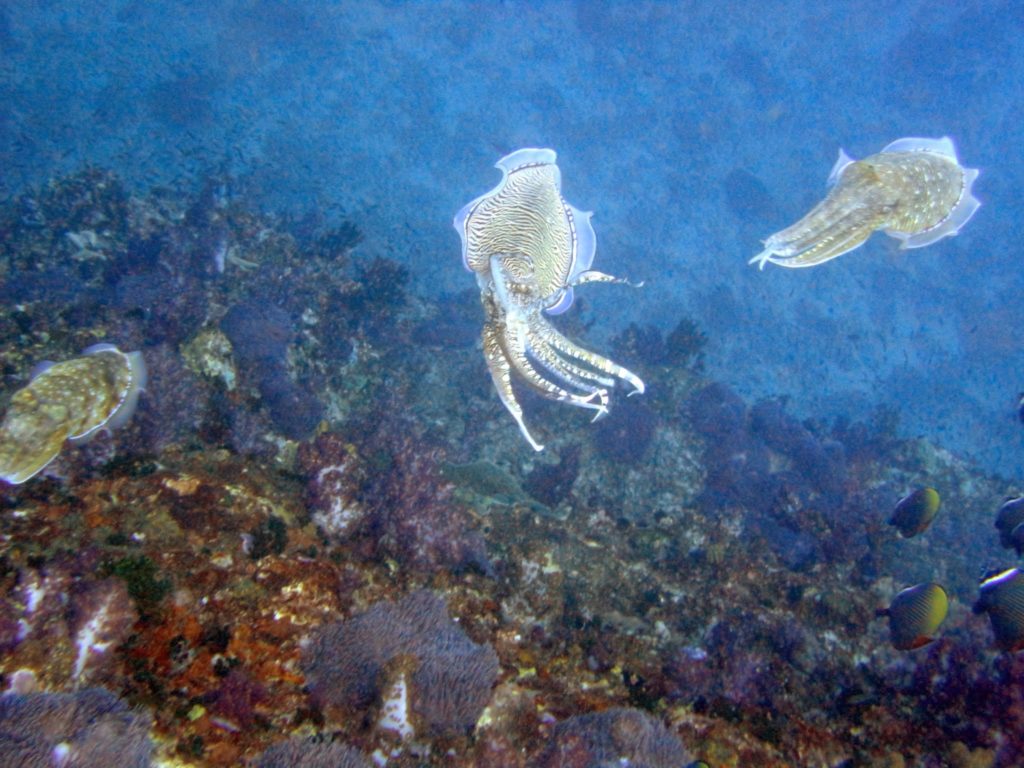
Spending four days on the M/V Pawara took our diving to a new level, going down to 100 feet, completing our first night dive, discovering new marine species we had never seen before, and making a new group of friends from all over the world. We were saddened to say our goodbyes at the end of our trip, but developed a new level of enthusiasm for continuing to explore what lies within our oceans.
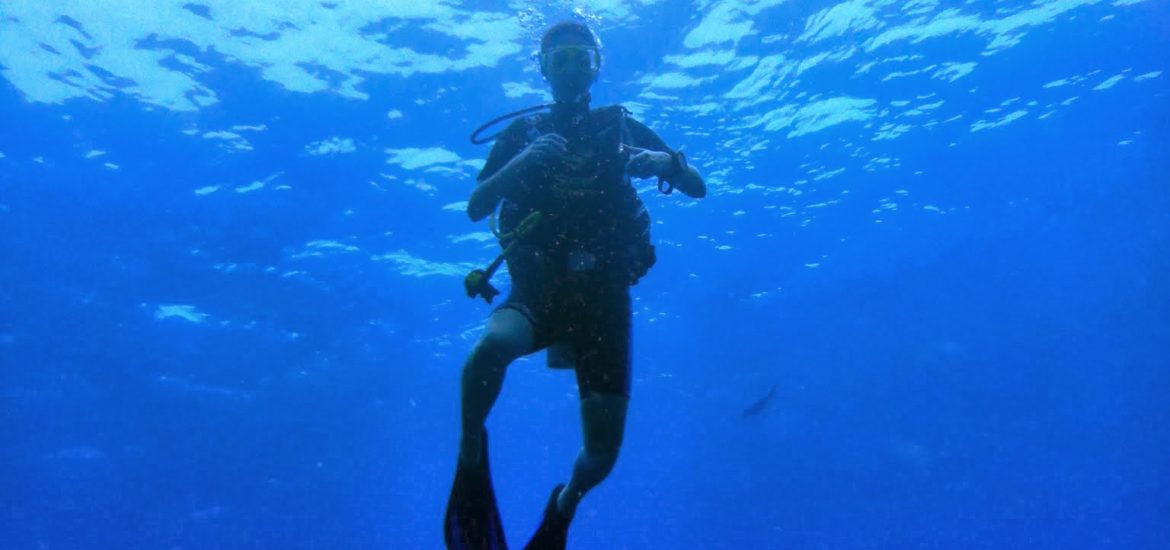
Wow, sounds like you saw a ton of interesting and beautiful marine life. I bet the octopus mating ritual was a very unique experience. I am a newbie to diving, but look forward to seeing more of your posts on the subject for future diving travel plans. Thanks!